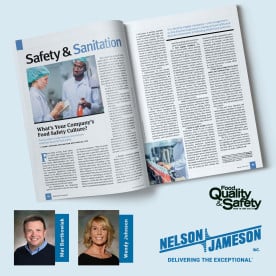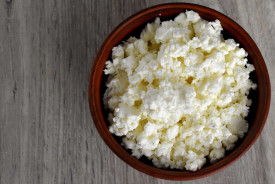For the average consumer, it may be quite shocking to see a word like “arsenic” associated with a food product. Organic arsenic is something that shows up in the food chain quite regularly and is a result of natural causes. Inorganic arsenic comes from man-made factors like pesticides/chemicals. An investigation by Consumer Reports called on the FDA to address the issue, as it found levels of inorganic arsenic to be “significant” in numerous rice products. This comes after a debate concerning arsenic in apple juice filled the national headlines earlier this year.
The high levels of arsenic in rice reported by Consumer Reports have launched a spirited debate on food quality. Some critics, like the USA Rice Federation have called “reports on arsenic levels alarmist,” while Consumer Reports affirmed: "The goal of our report is to inform - not alarm - consumers about the importance of reducing arsenic exposure."
The tone and the focus of the debate has put the FDA at the center of the discussion. As of September 19, 2012, the FDA was reported as having “not found enough scientific data to recommend changes to consumers in regard to consumption of such products.” The examination of arsenic levels continues to currently be a high priority, despite the initial findings by the FDA. FDA Deputy Commissioner. Michael Taylor explained: “The F.D.A.’s ongoing data collection and other assessments will give us a solid scientific basis for determining what action levels and/or steps are needed to reduce exposure to arsenic in rice and rice products.”
Further discussion about not only inorganic, but also organic forms of arsenic is expected to follow, along with discussions discussing “permissible” levels in food. In the meantime, the FDA is recommending balance in diets continues to be a way of proactively minimizing risk from health risks, including the consumption of potential carcinogens.






